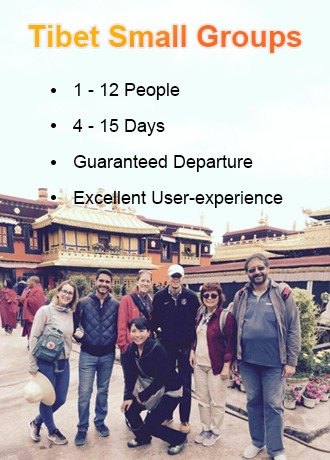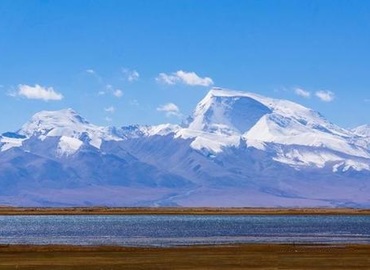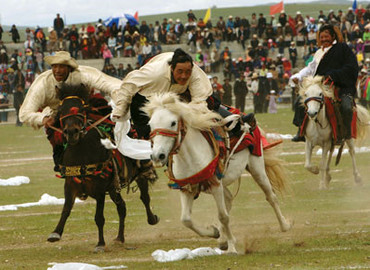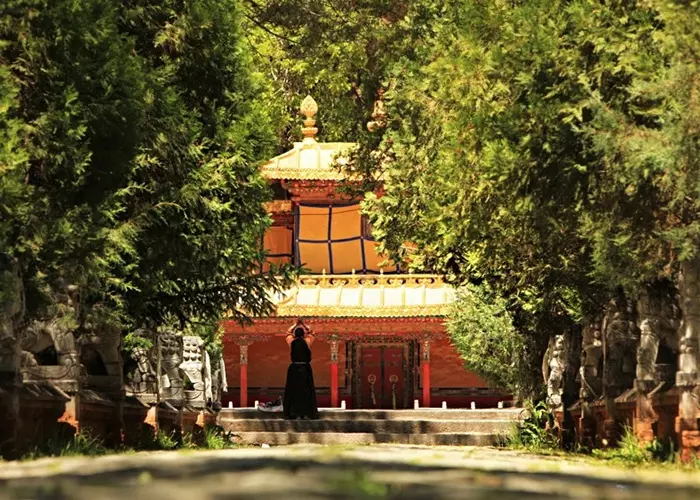A Brief Introduction to Tibet
- Beatrice
- Last Updated : 10/24/2024
If you are looking for breathtaking sceneries, enchanting lakes, stunning snowcapped mountains, and unique cultural and historical heritage, you should check out Tibet. Tourists from different parts of the world are now setting their sights on this holy land. If you wish to travel to Tibet, you may want to know these essential facts about this beautiful place.
Geography
Tibet, an enormous and beautiful land, occupies much of the lofty Tibetan Plateau. Perched on the northern side of the Himalayan Mountain Range, it is often referred to as the “Roof of the World” because of its high elevation. It is adjacent to Nepal and shares Mt. Everest with that country.
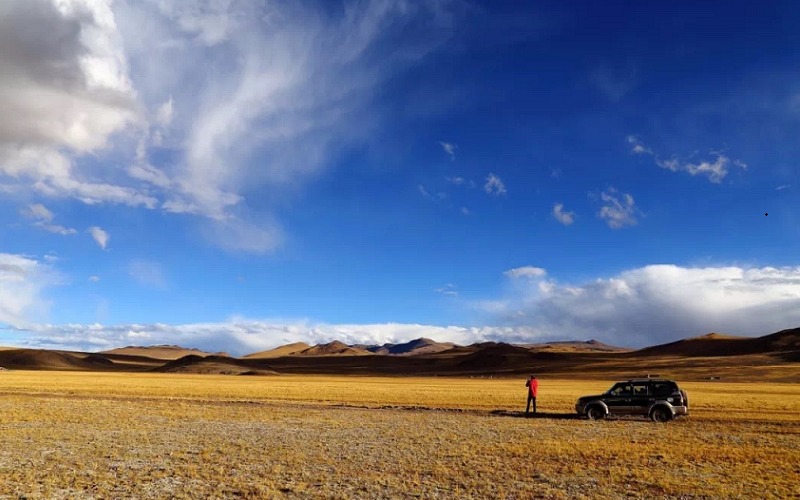
Tibet’s capital is “Lhasa” wherein you will find the UNESCO World Heritage sites of the historical Potala Palace—which was previously the winter home of the Dalai Lama, and the Jokhang Temple, considered to be the spiritual center of Tibet and is widely popular for its revered golden statue of the youthful Shakyamuni Buddha.
Located west of the Central China Plain, Tibet’s landscapes consist of rolling hills, deep gorges, towering mountains, turquoise lakes, wilderness, and verdant pastures. These picturesque landscapes are punctuated by the majestic Mount Everest—the highest mountain of the World.
Rivers and Lakes
Several major rivers originate from the Tibetan Plateau. These popular rivers include the mighty Yangtze River, Indus River, Yellow River, Mekong River, Salween River, Ganges River, and Yarlung Tsangpo River (Brahmaputra River). For this reason, Tibet is also referred to as the “Water Tower” of Asia.
Tibet is also dotted with some of the highest-altitude lakes in the world. These lakes include the Qinghai Lake, Namtso, Lake Mansarovar, Pangong Tso, Yamdrok Lake, Lhamo La-tso, Lake Puma Yumco, Lake Paiku, Dagze Co, Lake Rashastal, Dong Co, and Lake Siling Co.
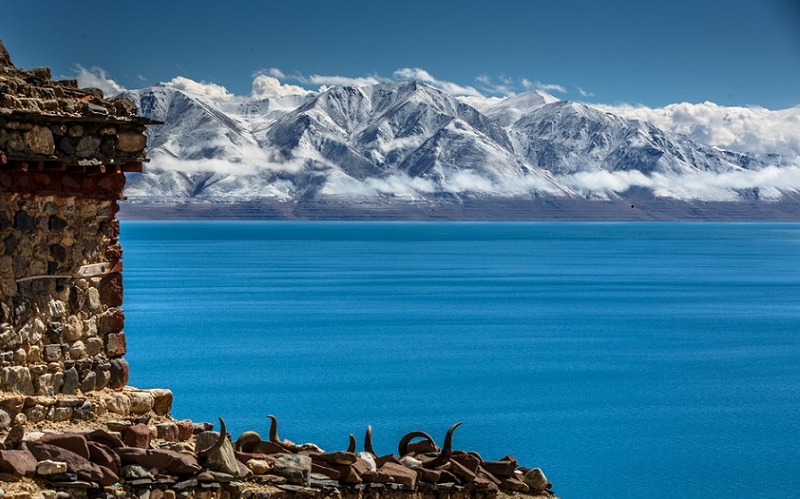
Weather
Tibet’s weather is severely dry for nine months of the year and it has an average snowfall of only 18 inches. Low temperatures are natural to Tibet because powerful winds sweep unchecked across this land. The eastern Tibet is generally influenced by Indian monsoon, while the northern Tibet experiences high summer temperatures and intense winter cold.
Tibet belongs to the highest regions of the earth. So, if you are a first-timer in Tibet, you would need to keep keen attention on its weather. It has an average elevation of 5,000 meters (16,000 feet) above sea level and its highest elevation, of course, is Mt. Everest. Hence, you need to prepare yourself for extreme weather.
The atmosphere is also thinner in Tibet and the amount of oxygen is much lower in this place than on the sea level. Thus, you need to adjust to high-altitude weather to minimize altitude sickness gradually.
Culture
Tibet has been partially isolated in the past from the rest of the world because of its location. Hemmed by natural barriers, only very few people from the outside world were able to visit Tibet. Thus, Tibet was able to evolve a unique culture that is astonishingly different from the rest of the world.
Religion is central to the Tibetans and it imbues all aspects of their lives. Buddhism also permeated the lives of the Tibetans. In fact, after thousands of years of evolution, the original Buddhism has combined with the local region-Bon and formed Tibetan Buddism. At present, Tibet is considered as the spiritual center of four major religions of the world, namely, Jainism, Buddhism, Hinduism, and Bonpos. For this reason, when you visit Tibet, you will be surprised to see multitudes of pilgrims and devotees in most of the sacred temples and shrines of Tibet.
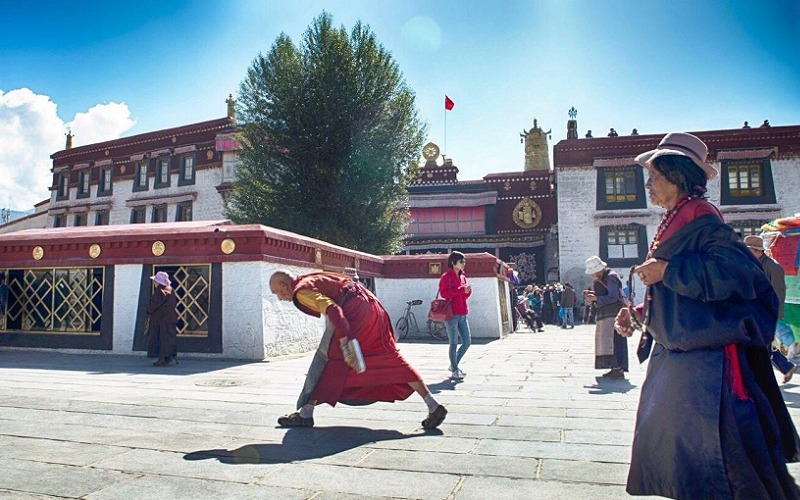
Tourism
With its mysterious culture and history, plus its amazing landscapes, Tibet should be on every tourist’s radar. Interestingly, it is already very much accessible nowadays to tourists with more improved means of transportation. The Qinghai-Tibet Railway, for example, provides ready access to Tibet by train. The improved Lhasa's Gonggar International Airport and other airports connect Tibet to the rest of the world by air. Moreover, there are myriads of reasons why tourists should visit Tibet, aside from being the so-called "Roof of the World." These reasons include the following:
UNESCO World Heritage Sites
Tourists from all over the world want to see the sacred and historical temples of Tibet like the Potala Palace and Jokhang Temple in Lhasa which is listed as UNESCO World Heritage Sites. Other historical and religious sites can also be found in other cities of Tibet like Tashihumpo Monastery of Shigatse which is the traditional seat of the Panchen Lama, as well as Sakya Monastery, Palkhor Monastery, and so forth.
Majestic Mount Everest
Many tourists visit Tibet because they want to get a glimpse of the majestic Mount Everest—the highest mountain in the world. They usually travel to the Everest Base Camp (EBC) for getting close to the northern face of this majestic mountain. Others simply want to get of how it feels to walk on the highest place in the world. And it really makes you feel somewhat different.
World Famous Festivals
Many tourists visit Tibet because they want to experience the popular festivals of Tibet like the Saga Dawa Festival, Losar Festival, and Shoton Festival which are counted according to the traditional Tibetan calendar. Hence, they usually time their visits during the celebrations of these festivals to get a feel of how Tibetans celebrate life.
Pilgrimage Sites and Spiritual Renewal
Many want to seek spiritual renewal in the most sacred shrines of Tibet like the Mount Kailash, considered to be the spiritual center of the universe and other sacred shrines and sites of Tibet. They go to Tibet to engage in “Kora,” a pilgrimage and a meditative practice of walking around a sacred site or place.
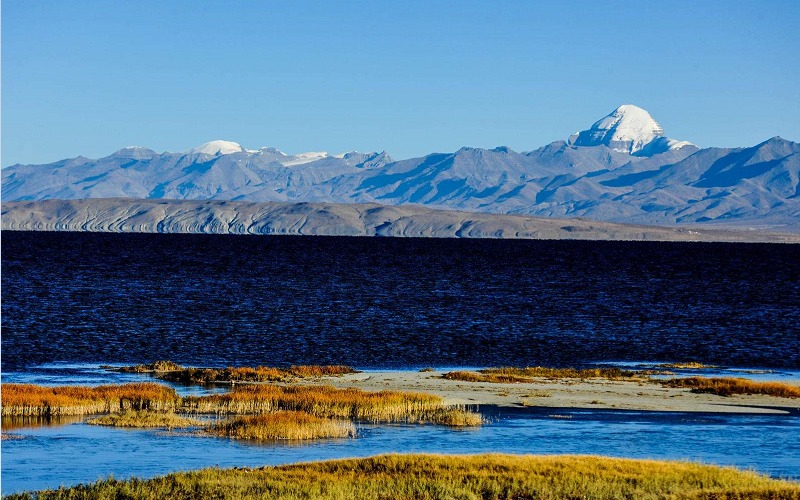
Trekking Routes
Some other tourists want to try the highest and best trekking routes in the world. Some famous trekking routes in Tibet include the Mt. Kailash Kora, Gama Valley Trek, Namtso Lake Trekking Route, Lhasa-Tsurphu Monastery-Yangpachen Trek, Zhan Kora to Cuoga Lake Trek, and many more. These tourists thrive in outdoor activities and are challenged by what Tibet has to offer.
Final Word
Overall, Tibet is a wonderful place to visit that could equal other great tourist sites like those of Egypt and Rome. A tour of Tibet is truly a “once-in-a-lifetime” tour that you will surely never forget. It has all the ingredients of a great tourist destination. It has the unadulterated beauty of its land that is mostly unspoiled by contemporary development. So, without a doubt, Tibet should always be on every tourist’s radar.
Email response within 0.5~24 hours.


